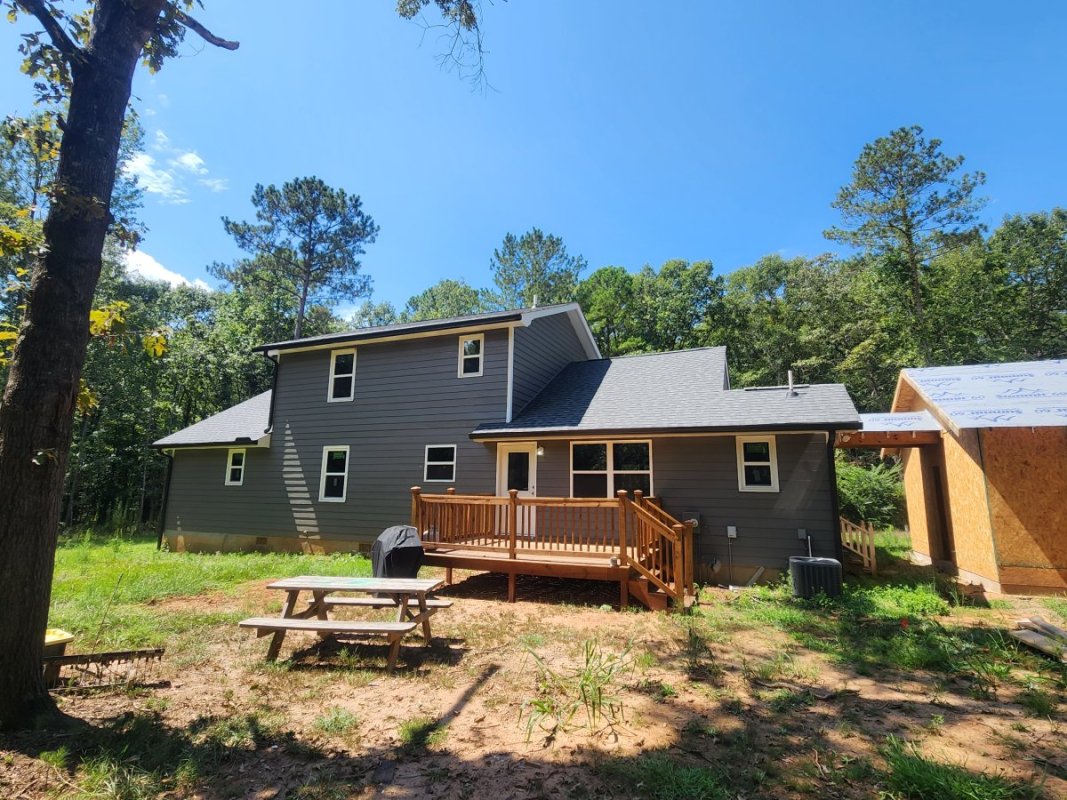Yes, so update > basically this is exactly what happened. Very sales pitchy and very pushy from this particular company and in my opinion very overpriced.They are well established but highly overpriced for comparable systems. Yes, it comes with a lot of perks and amenities but they aren't worth the additional 15k price tag. At least that was the price difference for the system they quoted for me compared to another company's estimate.
I highly recommend not going with them, personally. But others may feel different.
Also, the tax incentives everyone inevitably mentions are not what they're made out to be. You only get as much tax credit as you owe in taxes, or something to that effect. So unless you owe a lot you don't get that big tax check they dangle in front of you during the sales pitch. Just FYI. I think solar is an awesome concept I hope to invest in at some point.
Ultimately I do believe at some point I will go with solar - I like the concept and I think the technology is fairly well established but will no doubt become even better in the future. Highly doubt I will go with this company though. Being told I have to take their offer today or they can't honor the "discounts" they are giving me and they don't know if the salesman can come back out because he has so many other appointments are pretty well defined turn-offs for me haha.
I know there have been multiple suggestions to just do a generator and while yes, that would be cheaper, we are in a total electric house. So, I'm struck with getting a diesel or propane generator & tank and it would only be used as truly a "backup" power source that will only run as long as I have fuel. What I want is a more primary power source and the grid being my backup - something that while it may not run the heat pump/AC, can theoretically provide at least some amount of power indefinitely throughout a longer term power outage. Not really looking to "save" money - my opinion is you are going to pay someone somewhere for power every month - I just don't want to double my bill with grid power plus a solar payment.
Based on the technicals and my location/layout I think I can achieve a minimum of about 80% offset so theoretically I shouldn't have to use much grid power with the right system and should actually produce more then I use most of the time for a credit from the power company. Now the trick is finding a company that is reputable and isn't going to price gouge me.






